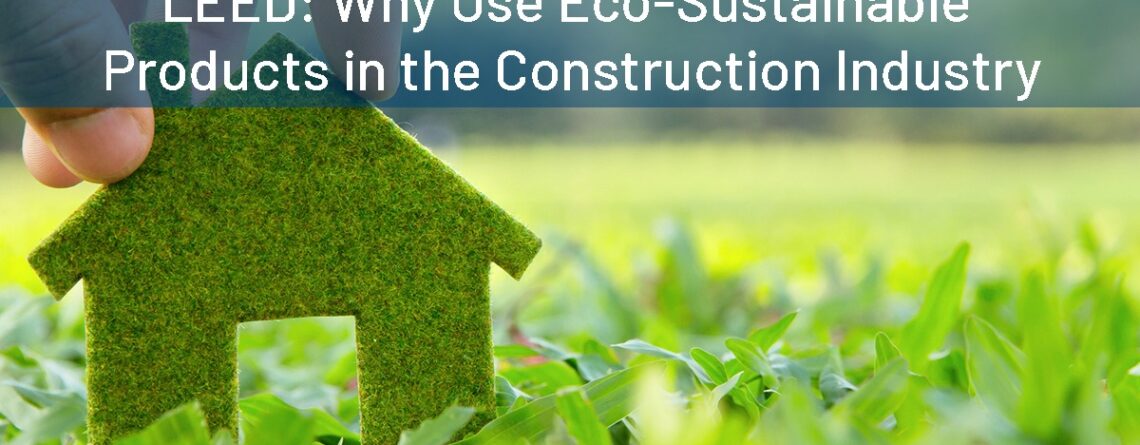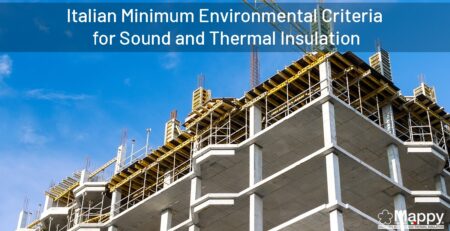LEED: Why Use Eco-Sustainable Products in the Construction Industry
For several years now, attention to sustainability, use of recycled materials and respect for the environment have been spreading into many sectors, not least construction. More and more, in fact, consumers and manufacturers are attentive to the environmental impact that involves the use of specific materials and construction methods. In order to prove eco-sustainability are often used objective parameters, such as the LEED standard.
What is LEED certification?
LEED – Leadership in Energy and Environmental Design – is a building certification system established on a voluntary basis in America by the U.S. Green Building Council (USGBC) and is applied in over 140 countries worldwide. This initiative aims to promote and develop global awareness as far as sustainability is concerned, in order to recognize virtuous performance in key areas of human and environmental health.
The mechanism of access to the certification is very easy and is based on the recognition by the Green Building Council of credits that are earned in different areas of construction, based on the compliance with specific sustainability requirements of the building, the materials and components used within it and other parameters, which may be grouped into 6 macro-categories:
- Site sustainability (1 prerequisite, 26 credits max);
- Efficient water management (1 prerequisite, 10 credits max);
- Energy and environment (3 prerequisites, 20 credits max);
- Materials and resources used (1 prerequisite, 14 credits max);
- Indoor air quality (2 prerequisites, 15 credits max);
- Design and innovation (6 credits max);
When the points obtained are added together, the following certification levels can be achieved:
- Base: between 40 and 49 points;
- Silver: between 50 and 59 points;
- Gold: between 60 and 79 points;
- Platinum: over 80 points;
To achieve a higher level of eco-sustainability according to LEED standards, the approach to the construction or renovation of a building must be omni-comprehensive. In other word, it is necessary that from the beginning of a project, you have an optic aimed at achieving the objectives imposed by the LEED standard to have recognized a high degree of eco-compatibility.
The importance of choosing products for sustainable building
The choice of materials and components to be integrated into an environmentally friendly building project plays a key role in achieving a high LEED standard.
It should be noted that products with eco-sustainable characteristics, taken individually, cannot automatically gain points for certification, but it is certainly true that they are often suitable to meet particular protocol requirements and are therefore useful for obtaining the relevant construction scores.
It is therefore essential to study carefully the project and the materials to be included, in order to identify the possible credits that can be covered with the products used in the project. In order to meet the growing demand for green products for the LEED standard, companies producing eco-friendly materials often make the so called “mapping” of products, that is the analysis of recognition of LEED credits within a specific protocol of individual products and materials, an element that is recommended to search for and request when designing green buildings.






